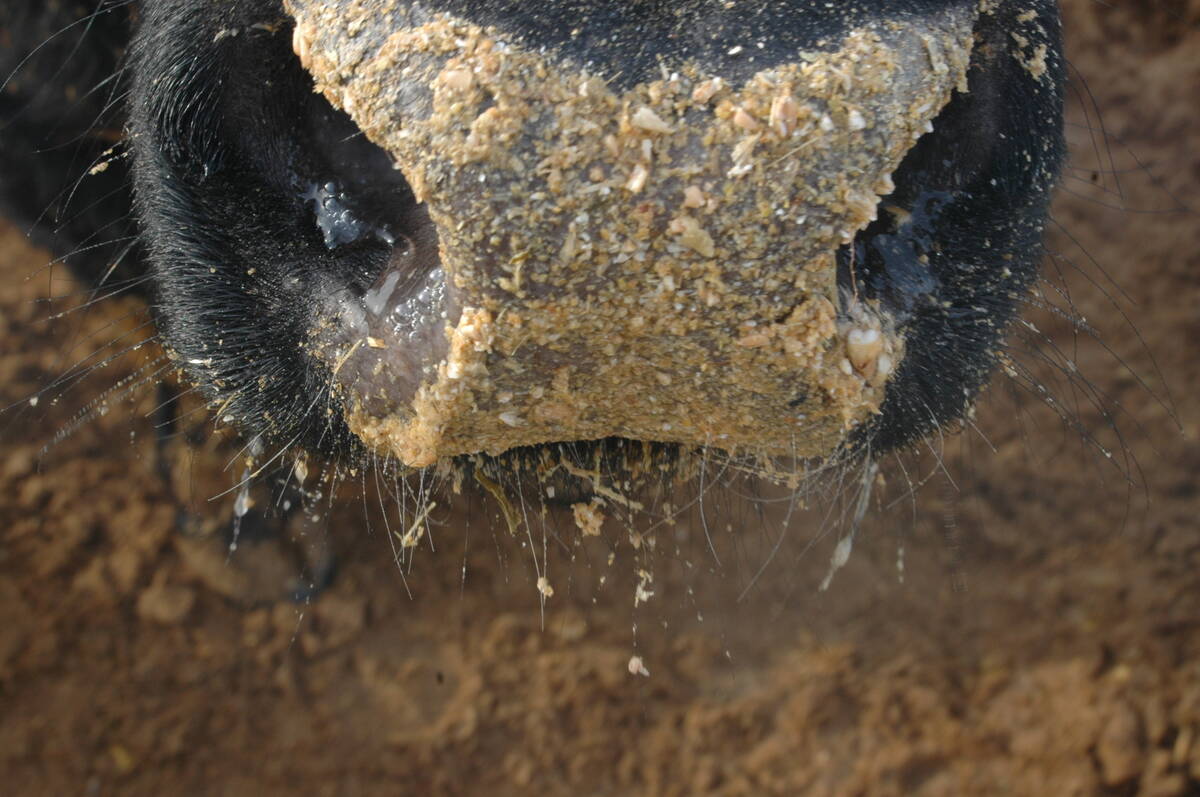MarketsFarm — The highs may be in for flaxseed bids in Western Canada, with end-users covered for the time being as attention turns to the 2022 crop.
“(Canadian flax) is expensive relative to other markets,” said analyst Marlene Boersch of Mercantile Consulting, speaking via Zoom in Winnipeg on Tuesday to the annual Crop Production Week in Saskatoon.
There was a greater potential for prices to move lower than higher, she added, unless supplies run out somewhere else in the world. U.S. end users are thought to be covered for the time being, while other buyers in Europe and China have access to flaxseed from Russia and Kazakhstan.
Read Also

Feed Grain Weekly: Elevators offering higher prices for barley
Elevators in northern Alberta are offering higher prices for feed barley than in feedlots around Lethbridge, said an Edmonton-based analyst.
Flaxseed bids currently top out at $41 per bushel in Saskatchewan, according to Prairie Ag Hotwire data, down $3 off their highs over the past month.
Canada’s freight advantage to Europe has decreased in recent years, due primarily to high ocean freight rates. That means Canada has to work harder to remain competitive with flaxseed from Russia and Kazakhstan that moves via rail, Boersch said, noting those two countries have also increased their flaxseed production over the past few years.
Drought conditions in 2021 cut into Canada’s flaxseed crop with total production down 40 per cent on the year, at 346,000 tonnes, according to Statistics Canada. Boersch estimated actual production may have been even lower, which will lead to a very tight carryout situation.
Canadian flaxseed exports are already running well behind the year-ago pace, and Boersch questioned if even the relatively low projection of 300,000 tonnes of total exports for the year would be possible.
Looking ahead to the 2022 growing season, “there’s a good chance that flax acres will go up,” she said.
However, she noted strong competition from other crops would limit that increase to only five per cent or so.
With a return to average yields, Canadian flaxseed supplies could be back up to 600,000 to 650,000 tonnes for the 2022-23 marketing year, which would see a much more comfortable stocks-to-use ratio, according to Boersch.
As a result, she recommended producers be 100 per cent sold on old-crop flax and to make sure they have seed secured if planning to grow the crop in 2022.
She also recommended forward-selling as much as they were comfortable for new-crop production at $24-$25 per bushel.
— Phil Franz-Warkentin reports for MarketsFarm from Winnipeg.

















